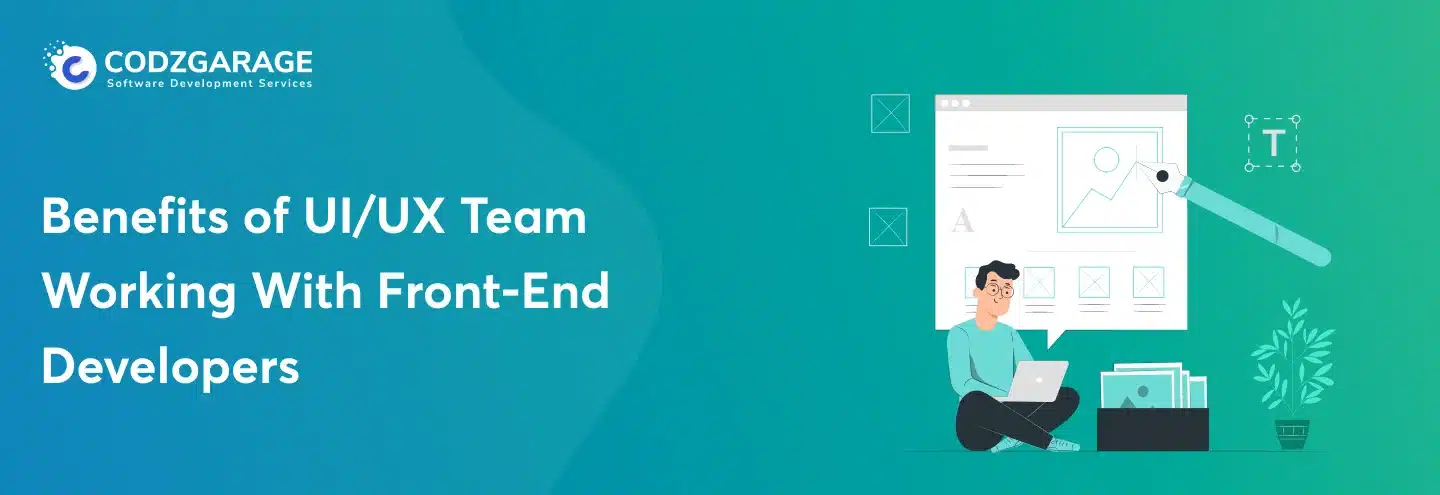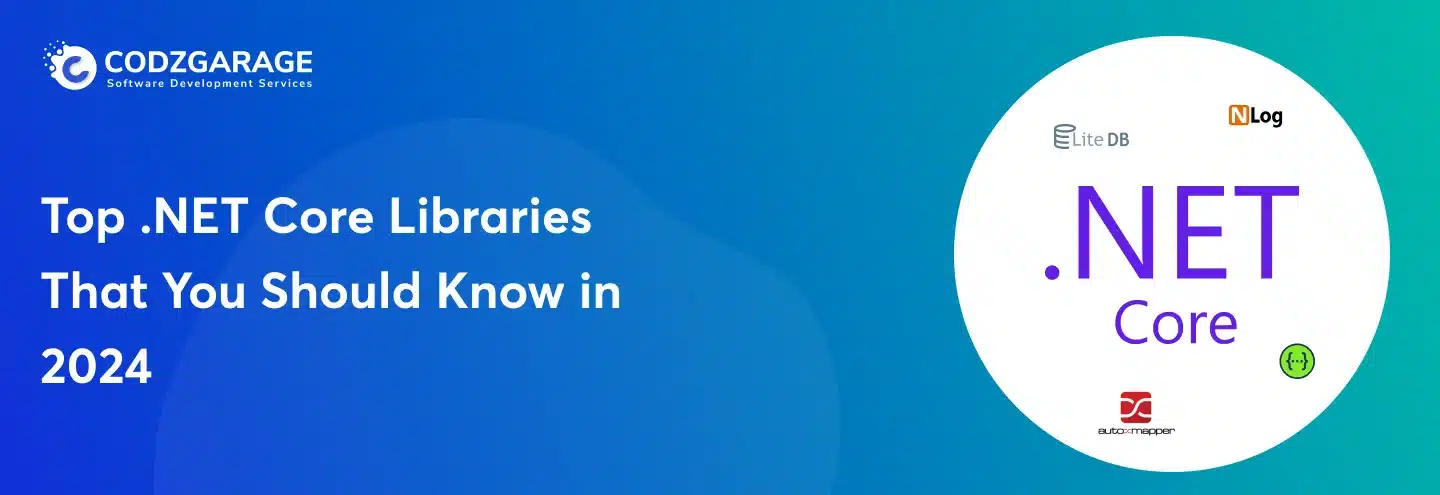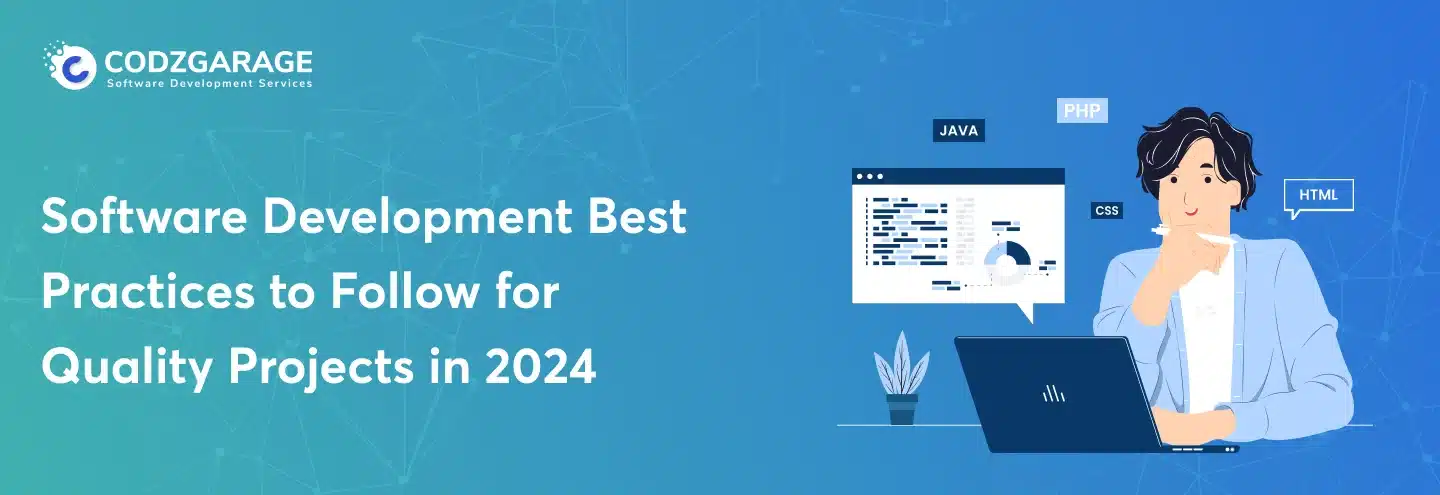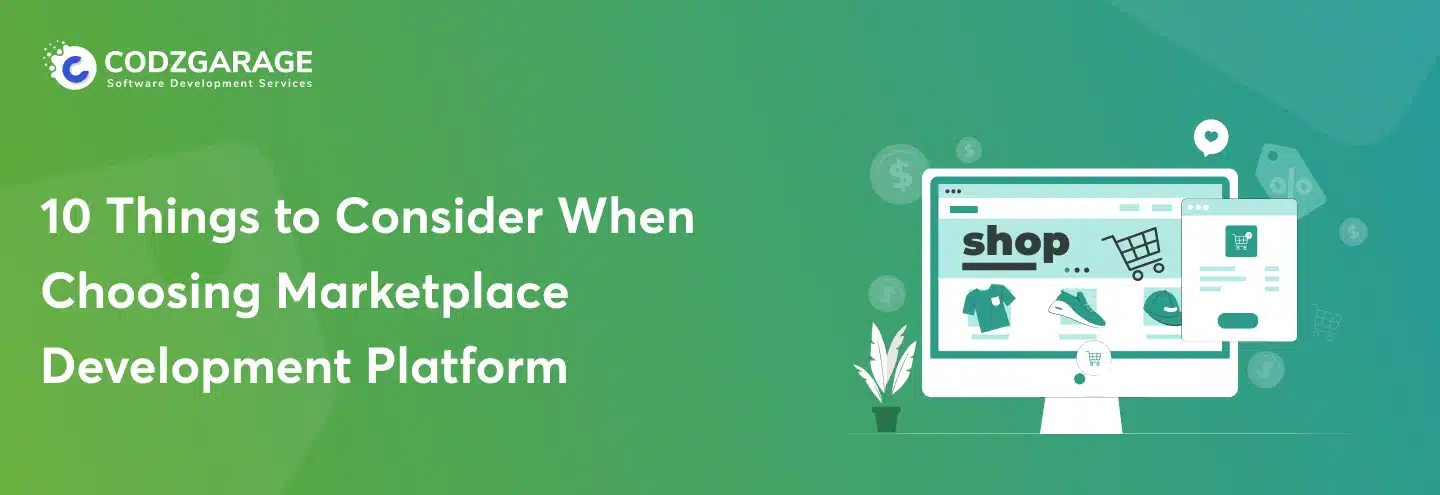-
1272
Application Modernization Guide for 2023 – Migration, Upgrade, and Redevelop Strategies
Are you looking to migrate your legacy application to a modern platform? You need a strategy to upgrade or convert your legacy system. We have explained the top proven strategies to help you migrate your legacy system.
Has your existing software got obsolete or not complying with the latest industry trends? Then, you’re likely to be on the lookout for application modernization, migration, or upgrade, aren’t you? If your answer is affirmative, you need an application migration strategy. Fortunately, we’ve already done it for you. Explore more.
Is your software struggling with compatibility issues? Do you feel your existing software lacks some program features? Is your software system vulnerable to hacking?
Then you need to upgrade your existing system to the newer platforms. Some online researches show almost 88% of legacy applications will get modernized in the next five years. This means only 12% of them will be left to be so after five years from now. The reason for this immense popularity of upgrading legacy systems to newer platforms is to enable the system to function innovatively and bring all new features.
Let’s dig deeper!
Codzgarage is the leading application modernization and migration service provider in the USA helping businesses transform their traditional system covert into modern tech platforms.Contact us today to discuss your migration projects.
What’s Legacy Application Modernization?
Legacy application modernization and migration is a dynamic process of upgrading the existing software system in a company to align it with the current business requirements. Legacy application modernization is the process that consists of re-platforming, rehosting, and refactoring an organization’s existing system to upgrade it or bring it to alignment with modern business requirements.
Modernization and migration of a legacy system enable organizations to keep the system in line, which allows it to operate its current business activities conveniently. This optimization further provides a new-age technology to companies and assists them in embracing agility and streamlining processes, boosting efficiency in operations and attaining the next level of security.
Why is Application Modernization Important?
As time passes by, legacy systems start exhibiting bugs, and errors, affecting an organization’s work process leading to influencing its revenue. In those circumstances, you need to do away with those old systems, whether by upgrading them or replacing them to get a competitive edge over your competitors.
The application migration process is similar to the modern-day software update. It merges the competencies of an existing obsolete system with updated technologies and software to perform operations flawlessly that blur the gap between new-age business requirements and availability.
Improved performance
Older software systems may not be optimized for the latest hardware or operating systems, leading to slower performance. For example, a study by Microsoft found that using newer software versions could increase productivity by up to 29%.
Enhanced functionality
Newer software often comes with additional features and capabilities that can improve workflow and productivity. According to a survey by McKinsey, 45% of companies cited the need for better functionality as the reason for software migration.
Better security
Outdated software can be vulnerable to cyber attacks and malware. A report online found that the average cost of a data breach was $4.24 million, which can be a strong motivator to upgrade to more secure software.
Compliance requirements
Certain industries have strict regulations and compliance requirements, and using outdated software can lead to non-compliance. For example, the healthcare industry must comply with HIPAA regulations, which mandate the use of secure software and data encryption.
When to Consider Legacy Application Modernization and Migration?
Upgrading or revamping a legacy system is no mean feat; however, obsolete software becomes an obstacle for an organization when it starts causing errors. Modern businesses need custom solutions to perform a variety of operations hassle-free, and application modernization or migration is the way to go.
Consider legacy application migration when_
- Your system is no longer capable of satisfying the changing and growing needs of the company.
- An application gets slower in performance owing to hard-coded passwords and extensively patched architecture.
- The system starts performing slower, resulting in poor customer satisfaction.
- A legacy system becomes vulnerable to the security risks caused by software or hardware that no longer supports it.
- You experience hidden operational expenses on outdated hardware, staff training, and other inefficiencies.
- The legacy system comes across compatibility, scalability, and integration issues with new software, application, and tools.
Benefits of Legacy Application Modernization
Modernizing legacy applications is an approach that allows you to upgrade and revitalize your existing software so that it can meet your current business needs. Legacy system modernization is a critical decision you need to make wisely.
Modernizing an obsolete or legacy system with new features and functionalities aligns it with current business requirements. As a result, it streamlines business processes, leading to enhanced productivity and better business ROIs.
When you modernize a legacy system, it accrues benefits like accelerating productivity, decreasing cost, increasing profits, strengthening security, and beautifying the overall customer experience. The process is crucial for a business’s transformation that brings forth multiple benefits to achieve your business goals effortlessly and flawlessly. The mentioned points down the line are the top benefits of upgrading, updating, migrating, or modernizing your existing software.
- Upgrading legacy applications ensures the incorporation of modern technology into an existing obsolete software intending to drive high performance while streamlining the time to market.
- Legacy app migration strengthens software systems’ competencies to become more adaptable to the current and future marketplace and technological disruption.
- Carrying out application migration boosts security and reliability.
- Bringing forth application migration brings a compatible environment leading to greater future integration plans.
- Legacy app modernization assists you in boosting your business’s ROI indirectly.
In order to embrace the next level of benefits of the legacy app migration initiative, you need a predefined application modernization approach. At times businesses lacking the same can be more vulnerable to their project’s accomplishment. Let’s have a look at the modernization strategy.
Application Modernization and Migration Roadmap
An application modernization approach satisfying one business need may not be appropriate for others as well. We’ve come up with an application modernization strategy consisting of the seven ways to the process. Go through this application modernization roadmap and know which one will extinguish your needs.
Replatform
As the name suggests, re-platform is the process that consists of the migration of an entire software or system to a completely new platform. The features of the application, however, remain as it is; the re-platforming process causes to port of an application’s components to a new platform with nominal changes in coding.
Refactoring
This is another approach to legacy application migration that involves restructuring and upgradation of the existing system’s code but leads to no alteration in the system’s external behavior. This process is generally utilized in hybrid environments where the code of a legacy system is optimized to enhance the system’s performance.
While refactoring, the front end remains the same, as the process only deals with the modification of the back-end components. Organizations prefer refactoring just because the process has less risk of disruption compared to a complete replacement.
Rehost
Also called the ‘lift and shift’ approach; rehosting is one of the streamlined approaches toward legacy application migration. In this approach, no change occurs in the application’s code, and no change in the features and functionalities happens either. The existing application as a whole gets moved to a new cloud-based platform with no change.
Recreation
This is the next approach to legacy app migration, known as rebuilding or recreation. It’s perhaps the most expensive and time-consuming approach for an app migration. The recreation process consists of a complete alteration of an application and its components. They all are rebuilt and rewritten from scratch while safeguarding the scope and specification of the software.
Recreation of a legacy app, indeed, is a time-consuming and costly affair but ensures delivering high-end results as well.
Replacement
The next approach toward legacy app migration is replacement. The process consists of doing away with the existing system completely and employing an entirely new system to streamline business operations more effectively and effortlessly. However, the process may seem to be convenient; the risk involved with the process is to determine the integration of existing data into the new system with no disruption.
Retire/Replacing
Last but not least. Replacing involves completely eliminating the legacy application and replacing it with a new one keeping various factors, including new requirements, specifications, and many more, in mind.
This is the process that is considered the last approach to legacy application migration and requires a complete rehabilitation of the application right from scratch.
Create an Application Modernization Strategy Before You Step Forward
As you know what legacy application migration is, what are its benefits, and when you should employ it, you must create a strategy before you head up further. Factor in these effective factors involves customizing software to lessen the risks in the process. Consider gauging the below checklist to ensure you get optimal benefits against your investment.
- Evaluate the advantages you embrace by conducting a legacy application migration, and pen down your expectations from the process also.
- Point out the current limitations in your legacy system and recognize the exact requirement against each constraint.
- Explore software development tools and employ one that suits your project’s needs the most.
- Set a clear goal and approach toward the legacy application migration procedure.
- Seek a reliable software migration and application modernization service provider.
Final Thoughts:
Many people consider the term “legacy application modernization” as a complete transformation that’s not the truth. Sometimes the modernization process may be a tiny affair that lasts even a few moments, or at times there’s no change required, which means no time and financial expenses.
The time and cost spent on application modernization and migration depend on the existing system’s conditions. This may include the app’s present capabilities and improvements needed. In order to grasp an exceptional result, you need to create an application modernization strategy.
Following the app migration strategy suggested in this article, it’s possible to modernize your existing software with less effort and time. You can connect with Codzgarage if you need consultation or expert suggestions for your software migration, upgrade, or modernization needs.
Frequently Asked Questions Relating to Application Modernization Challenges
A software or application, irrespective of its kind, when it gets obsolete as time passes by but is still in use, is considered a legacy software application. For example, if you are using VB6 software products, you are using outdated software and you need to upgrade it with the latest technology or platforms.
The manufacturing machines are operated and controlled by computers running old versions of desktop software. It is working, but lacks the features and functionalities that a tech-savvy world already using. Besides, the work you do and the data you store remain vulnerable with outdated software. Now, you need to connect with an expert with good hands-on experience in software migration services. They will guide you if you need to extend, migrate, or rewrite your existing software.
The first step should be to consider system performance and security audits every once in a while. Doing so will allow you to know if your existing system has become obsolete and needs modernization and migration.
Legacy modernization or migration is the process of upgrading existing software to enhance its capabilities and bring it in alignment with the current business requirements with the help of modern technologies and tools.
The legacy app migration, upgrade, or modernization falls under smart digital transformation. Generally, it refers to bridging the gap between legacy systems or software applications to newer technologies or platforms. This helps businesses running on traditional technologies, such as Visual Basics 6 (VB6) or others reap the benefits of innovation that are needed to excel in the digital marketplace.
Want to
Migrate Your Legacy System?How to Help
- Migrate to .NET Core
- Desktop to web
- Convert Legacy to .NET



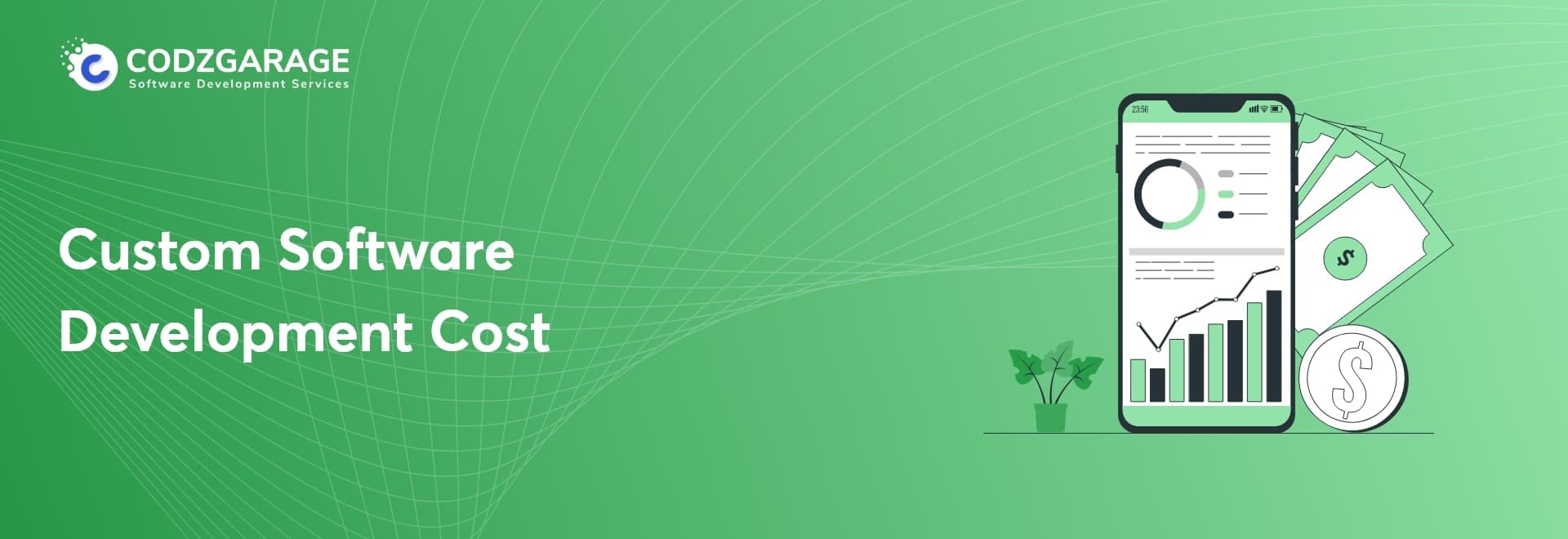
 Kevin Bhut
Kevin Bhut 